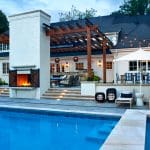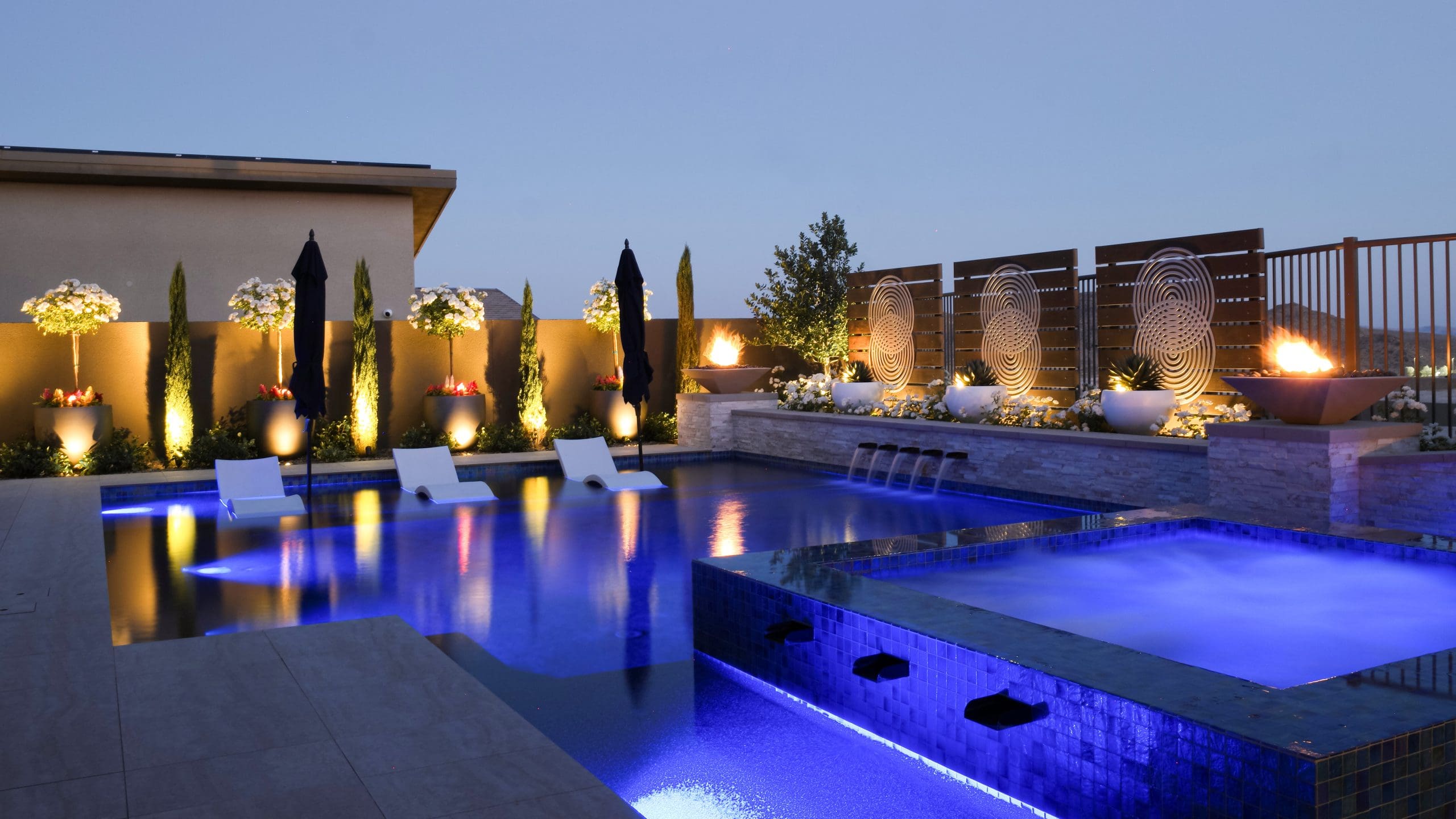
So far, the 2020s have been banner years for the landscape industry. However, the upcoming presidential election, talk of a potential recession, climate change and other factors are all impacting client demand and trends.
Landscape professionals across the country share what they are seeing when it comes to these elements influencing consumers and what they see happening in 2024.
Recession Concerns
For the most part, landscape companies are cautiously optimistic about 2024’s possible recession and don’t expect to see their client base stop spending.
“It looks like people who held on to their money the last year or two due to recession fears will loosen up in 2024,” says Randy Hill, director of sales for David J. Frank Landscape Contracting, based in Germantown, Wisconsin. “But their projects look to be a bit more conservative.”

Hill says while inflation is driving pricing to all-time highs, their backlogs were full in 2023 and they project that to be the case in 2024 as well.
“We’ve been trying to talk ourselves into a recession for the last three years and it doesn’t ever materialize,” says Bob Hursthouse, president of Hursthouse Landscape Architects, based in Bolingbrook, Illinois. “The pace seems to have shifted a little bit post-pandemic, whereas everyone wanted to do something at home because everyone’s trapped at home. The pace has changed a little bit. I don’t know how serious possibly a recession actually is. I don’t really see clients spending less or making different decisions than they would normally. There is still a ton of money out there.”
Adam Hallauer, CEO & president of Designs By Sundown, based in Littleton, Colorado, suspects customers might have to focus their spending a little bit more on high-value areas, whereas, in the past, clients were willing to spend more broadly. He sees consumers spending on hardscape renovations and outdoor living spaces the most.
“I think, in general, the value of our product is going to have to be better explained, or it’s going to have to be better perceived,” Hallauer says.
Chris di Stefano, president of di Stefano Landscaping, based in Essex Junction, Vermont, notes that their clients are being a little more cautious and pulling back on some of the high-end frill-type features.
Greg Struhl, owner of Chip-N-Dale’s Custom Landscaping, Inc., based in Las Vegas, Nevada, says that while during the pandemic, customers would say yes to the project no matter what, now they’ll think over the cost for a bit longer.
“Now I’m seeing just the reservation of the expenditure, where it’s taking them a little bit of time to come to grips with it or to figure out how to manage or move their money because I don’t fund projects or finance,” Struhl says.
Claire Goldman, principal and head of design and business development for R&R Landscaping, based in Auburn, Alabama, says that with any election year, there will be a level of hesitancy with making significant investments.
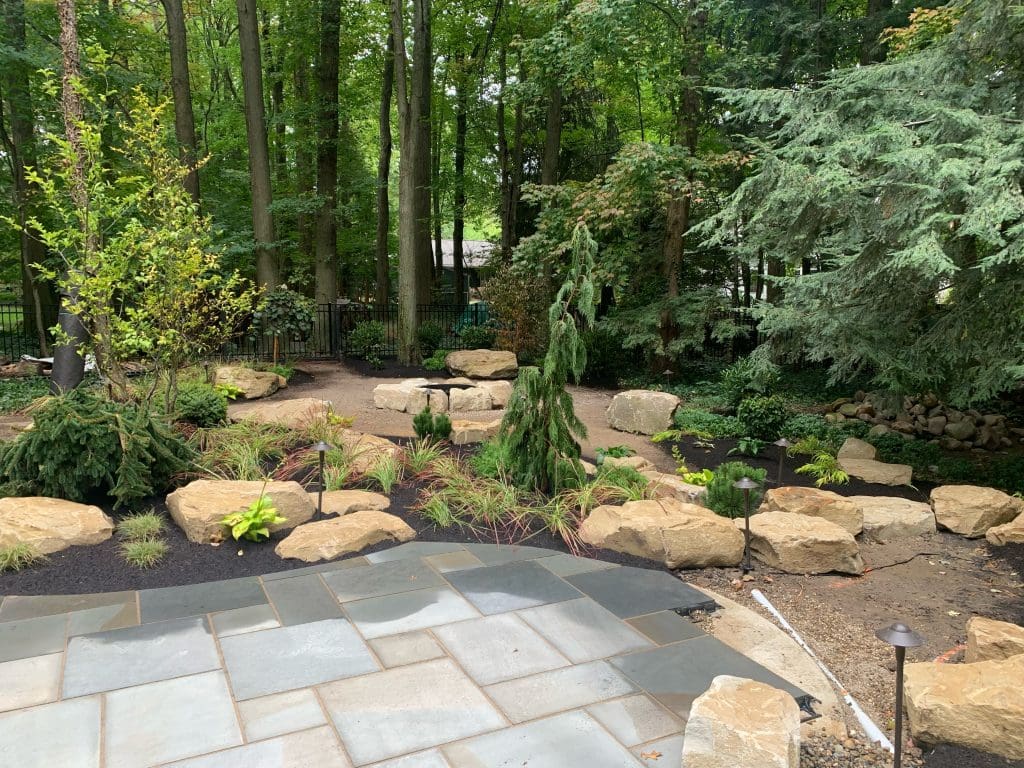
“If budget becomes the limiting factor, sometimes the client will opt to phase the project in over a few years as opposed to choosing cost-cutting materials to ease the budget burden and still achieve the outcome they are looking for,” Goldman says.
Similarly, Joe Stark, director of marketing for GW Capital, the parent company of Ground Works Land Design, based in Cleveland, Ohio, says their client base is either going forward with a project or waiting a year versus trying to scale back their project’s cost due to recession fears.
“I don’t think pieces and parts of a project are going to be removed,” Stark says. “I think it’s just a matter of ‘Are we doing it or not?’”
Customer Demand
Now that COVID-19 has shifted to its endemic phase, the question of whether customers are still as interested in investing in their landscapes has been floating around. The answer is a little more nuanced than a straight yes or no.
While most landscape companies that do residential design/build work have seen the foot come of the gas pedal slightly, in no way are homeowners uninterested in their outdoor living spaces suddenly.
“I’m still shocked that it’s been going as strong because I do have some very good, big projects that I’m working on,” Struhl says. “I’ve been thinking it’s got to stop soon.”
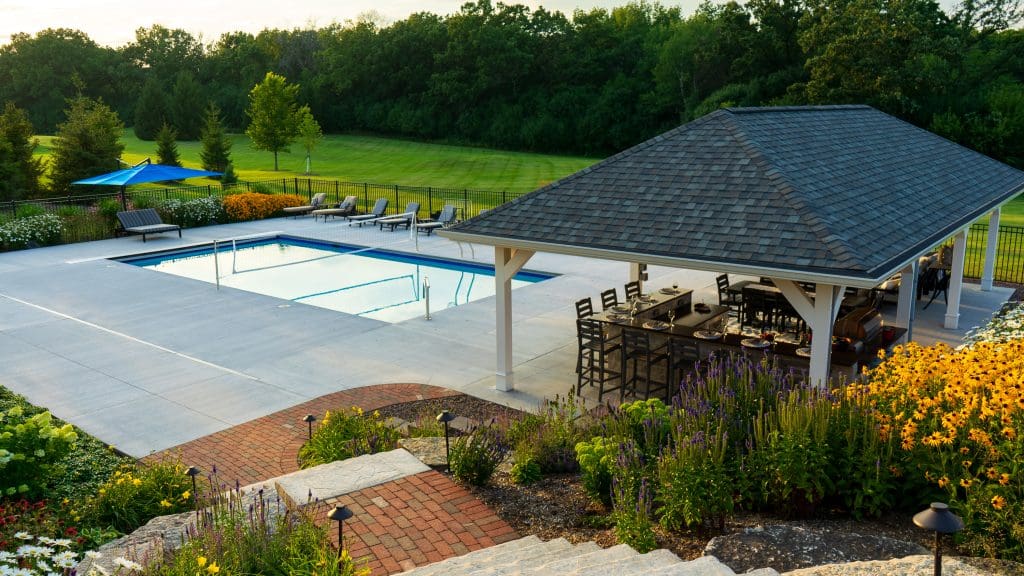
Hursthouse says that their projects are of a similar magnitude, but the pace is slowing. In 2021, clients had to wait 10 to 12 weeks to have an initial meeting with him. While they no longer that that level of backlog, they still have plenty of work.
“We are still seeing clients investing in their outdoor spaces, but we don’t see the high quantity of demand that occurred during the pandemic,” Goldman says. “It’s settled out into a more even pace for us and we are so happy to see the supply chain end of things catching up!”
While the pandemic fueled panic buying of goods, di Stefano says it also carried through to services where they were getting calls left and right from people wanting to do a big project. Di Stefano says that has calmed down now as there is now more supply and slightly less demand.
“I think we definitely are seeing a buyer’s market more in the commodity world, where before, during the pandemic, it was definitely a seller’s market,” Hallauer says. “We were able to basically if you can do it, it was whatever price you would name and there was kind of untold spending limits. Now it’s definitely more pre-pandemic levels.”
Stark notes that the lack of additional money from the government and increased interest rates have caused the dip in free spending.
Hill says clients are still continuing to invest in their outdoor living spaces and now include arbors, outdoor kitchens, bar countertops, shade structures, water features, lighting and sound.
Di Stefano says while the pandemic caused some homeowners who would have never pursued a project in the past to move forward with one, there are still a number of people investing in their outdoor spaces. He has noticed that more customers seeking contractors they trust to partner with.
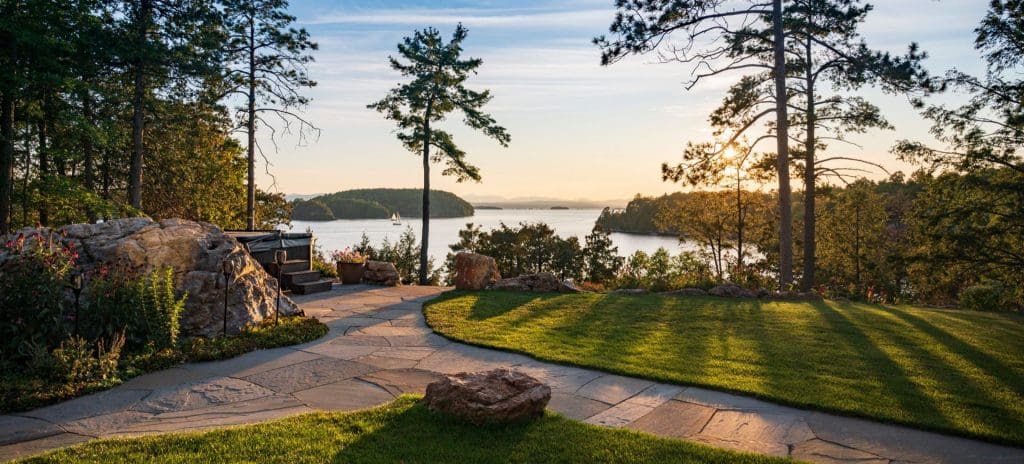
“The trend has been to expect more from their landscape contractor and then trust them to be the professional and that’s been really nice,” di Stefano says. “It holds us to a higher standard. It also allows us to do what’s best for the client and space.”
Rather than coming in with a fixed mindset, they are open to hearing what the designers might suggest for the space. He suspects this is driven by the fact more clients are investing a significant amount on their landscape so they want to work with someone they know, like and trust.
Climate-Driven Trends
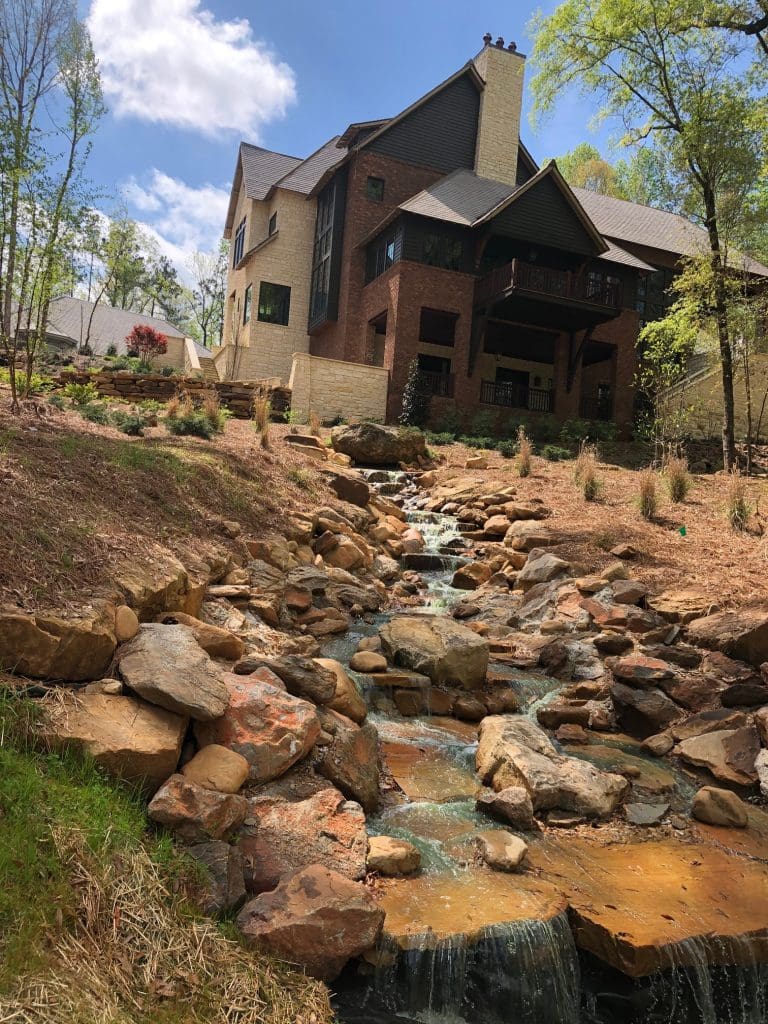
Some landscape trends are gaining popularity due to increased awareness and climate-related issues pushing their importance.
Depending on the region, a major focus is tied to water management whether it’s conserving it during drought conditions or controlling stormwater.
For Goldman, stormwater management is a huge issue for them, with older houses experiencing flooding for the first time as a result of the new construction maxing out the city’s stormwater infrastructure. They are also having to educate clients on not to overwater with their irrigation system.
“Our biggest plant replacement challenge has been plants drowning from overwatering, but clients feel like it’s just wrong to not water,” Goldman says. “We’ve really shifted our communication to help clients understand it’s far easier to recover from under-watering than over-watering in our Alabama red clay.”
On the flipside, Struhl’s clients have been hit with fines for their water usage, so he has been replacing their grass with synthetic turf. His region is also dealing with stormwater management, as when they do get rain, it tends to have nowhere to go. He likes to utilize gutters and subterranean drains to help with this.
Di Stefano says that it is cities that are driving the demand for stormwater management projects in his area. Some cities have started offering property tax credits to residents who covert their impermeable surfaces to permeable ones.
Hursthouse says permeable pavers are becoming a common solution for them as restrictions are being put in place on the amount of impervious surfaces on a property.
“We’re actually working on a project right now where the client wants to put a reasonable-sized patio, not a giant patio, but they are 100% maxed out on lot coverage with the house and driveway, so it cannot build a patio by code,” Hursthouse says. “Our solution is we need to convert your driveway to permeable. Now I’ve got the lot coverage so I can build the patio.”
Naturalistic landscapes and natives are also getting their moment to shine.
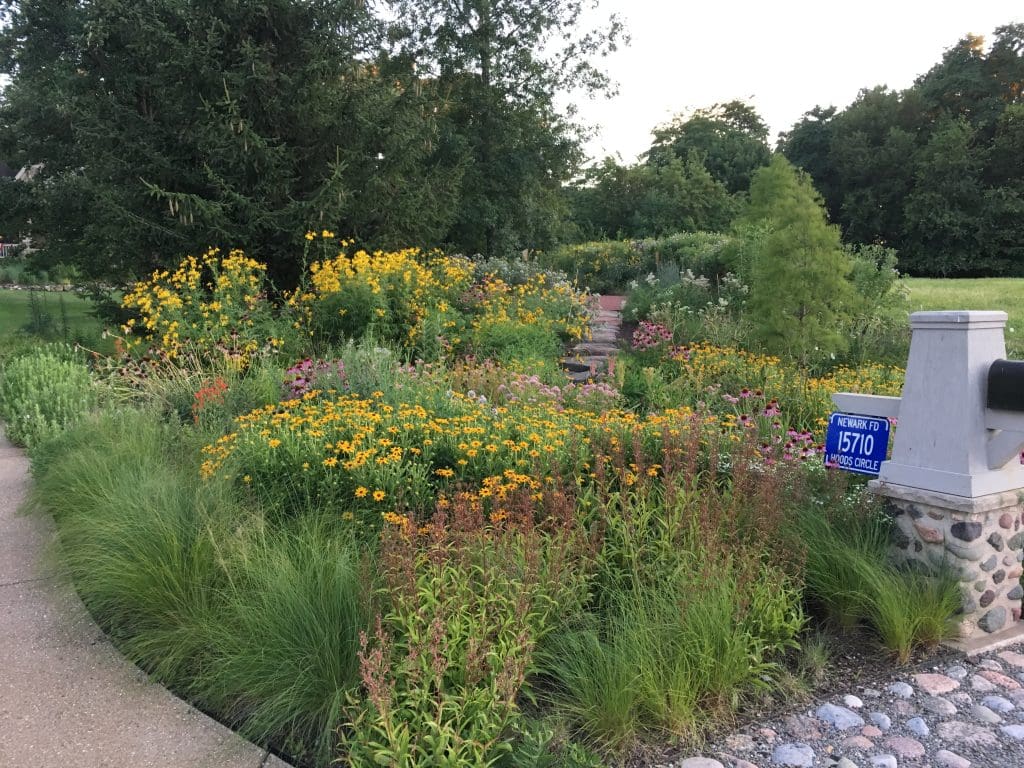
“I’ve loved having some clients embrace a more informal, natural look with wildflower meadows, perennials, deciduous shrubs, and some freedom with creativity,” Goldman says. “The seasonality of that look gives something going on all the time and energizes me!”
Hursthouse says they’ve installed a number of prairies and oak savannas as naturalistic landscapes grow in popularity. He says his firm recommends natives and has had more clients asking about them.
“There’s an increased awareness of what really works best here and should it be a native plant, which is kind of fun,” Hursthouse says.
Goldman expects there to be a higher demand for natives in 2024 and her team is learning which can be successfully transplanted so they can educate their clients who ask about them. Hursthouse says due to the severity of storms they’ve experienced, they’ve had more clients asking about resilient plants.
“We’ve installed numerous eco-friendly landscapes utilizing native plants and organic compost to encourage wildlife and pollinators recently and we expect that demand to grow,” Hill says.
An outlier in this trend is Colorado. Hallauer says that with their influx of residents coming from California, Texas, or the East Coast, these clients are seeking plant material that they are used to from different zones and climates.
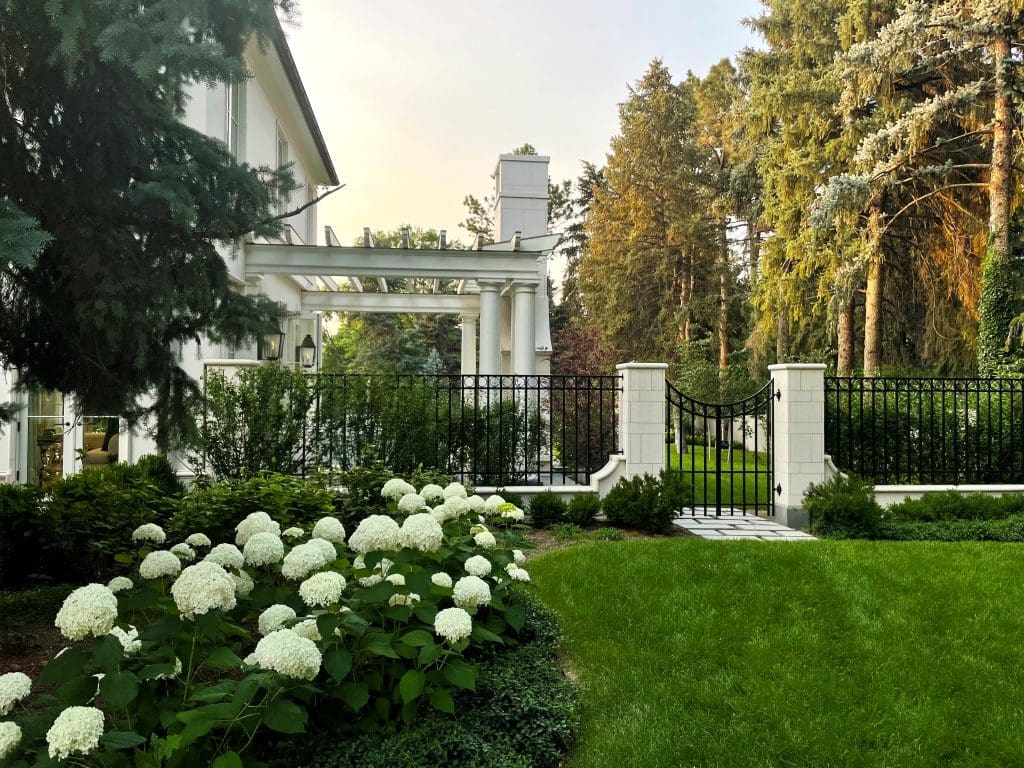
“We end up pushing the envelope to get what they want, but it’s definitely more structured, more layered, more formal,” Hallauer says. “It’s more traditional and more structured landscapes than it is naturalistic.”
Most of these out-of-state clients want plants like boxwoods and hydrangeas, not necessarily high plains desert vegetation. Hallauer says even when they educate customers on the water demands, long-term investment and maintenance implications, clients still choose to go the opposite of what is best suited for the region.
“That’s about as best we can do and try to reach them in maybe a mindful way, but at the end of the day, they have the final say,” Hallauer says.


